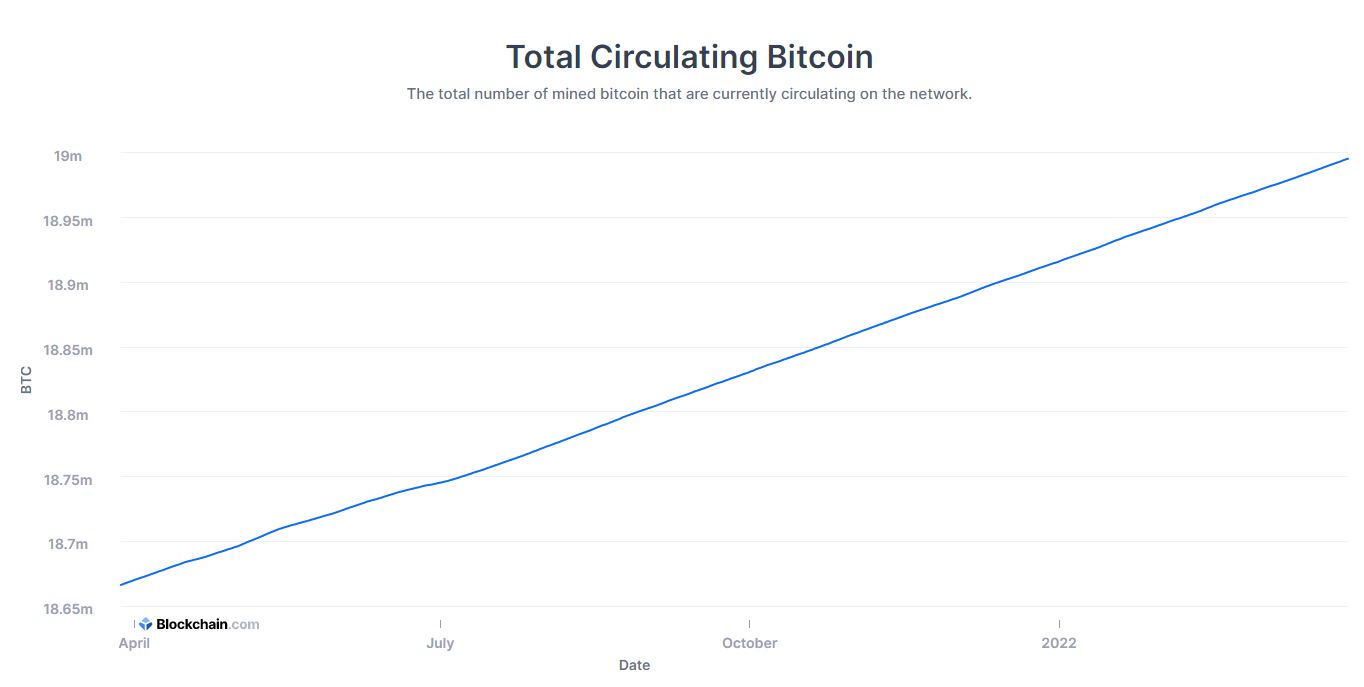Bitcoin’s supply has long been a topic of discussion, with many wondering why a limit has been imposed and what will happen when it is eventually reached.
According to Andreas Antonopoulos – a teaching fellow for the M.Sc. Digital Currencies at the University of Nicosia, Cyprus – Bitcoin will never change its fixed supply of 21 million.
Firstly, if Bitcoin core developers and community ever decide to change the supply, it would require a hard fork. Simply put, implementing a hard fork would change the protocol permanently and it would no longer be Bitcoin.
By adding to the supply limit, bitcoins will not endlessly inflate like fiat currency. This ensures the scarcity of bitcoin and helps define it as a store of value. There are also those who believe the Bitcoin model will break down when the supply is reached and that miners will leave if only processing transactions for a few satoshis. Yet that scenario relies on a lot of assumptions about price, hash rate, and its consensus mechanism.
There is No Code Preventing 21 Million Hard Cap
Antonopoulos has also stated that when he went through the Bitcoin source code, he never found a defined limit of 21 million coins, adding that the main reason for implementing the cap was “as a safeguard to prevent bugs”. There’s no mechanism that actually stops the issuance of bitcoin after 21 million is reached.
At the time of writing, Bitcoin’s supply sits at 18.996 million. This means that in a few more blocks, Bitcoin will only be 2 million away from its maximum supply. At this stage institutional investors hold over 30 percent of BTC, with famed Bitcoin evangelist Michael Saylor stating that investing in bitcoin is the best property one can buy.

The Evolution of Bitcoin
In December 2021 BTC reached 90 per cent of its total supply mined, though this doesn’t mean the cap has almost been reached. Every four years there is a “halving”, where the mining reward is cut in half. This also cuts in half Bitcoin’s inflation rate and the rate at which new bitcoins enter circulation.
The first 90 per cent took 12 years and it is estimated that the following five per cent will take another four years. By the last halving, Bitcoin could take more than 100 years to be completely issued, with some estimates pointing toward the year 2140.
The progressive reduction in the issuance of bitcoin is how the limit is ultimately reached. No one really knows what will happen to Bitcoin in 2140 when the last bitcoin is mined, however some believe that the consensus mechanism could change to something more advanced.
Disclaimer:
The content and views expressed in the articles are those of the original authors own and are not necessarily the views of Crypto News. We do actively check all our content for accuracy to help protect our readers. This article content and links to external third-parties is included for information and entertainment purposes. It is not financial advice. Please do your own research before participating.
Credit: Source link



















